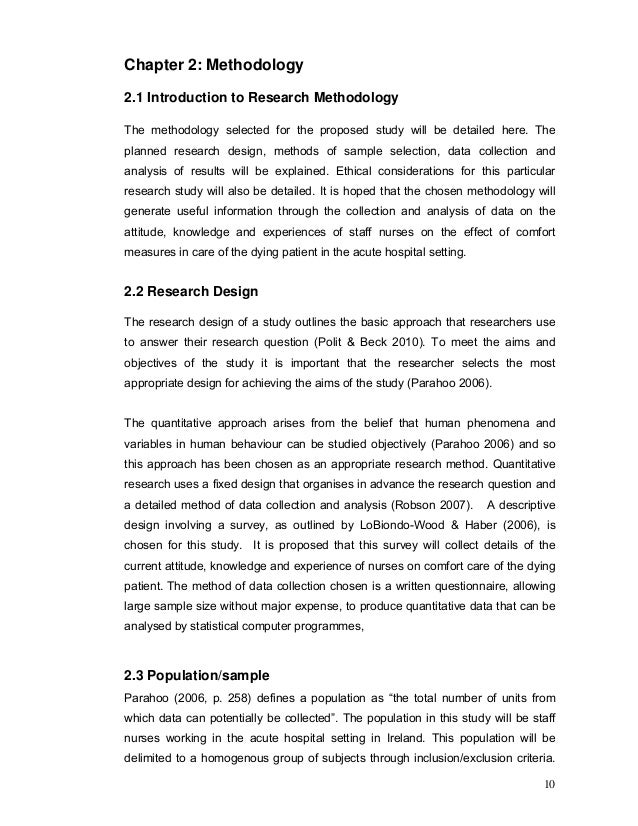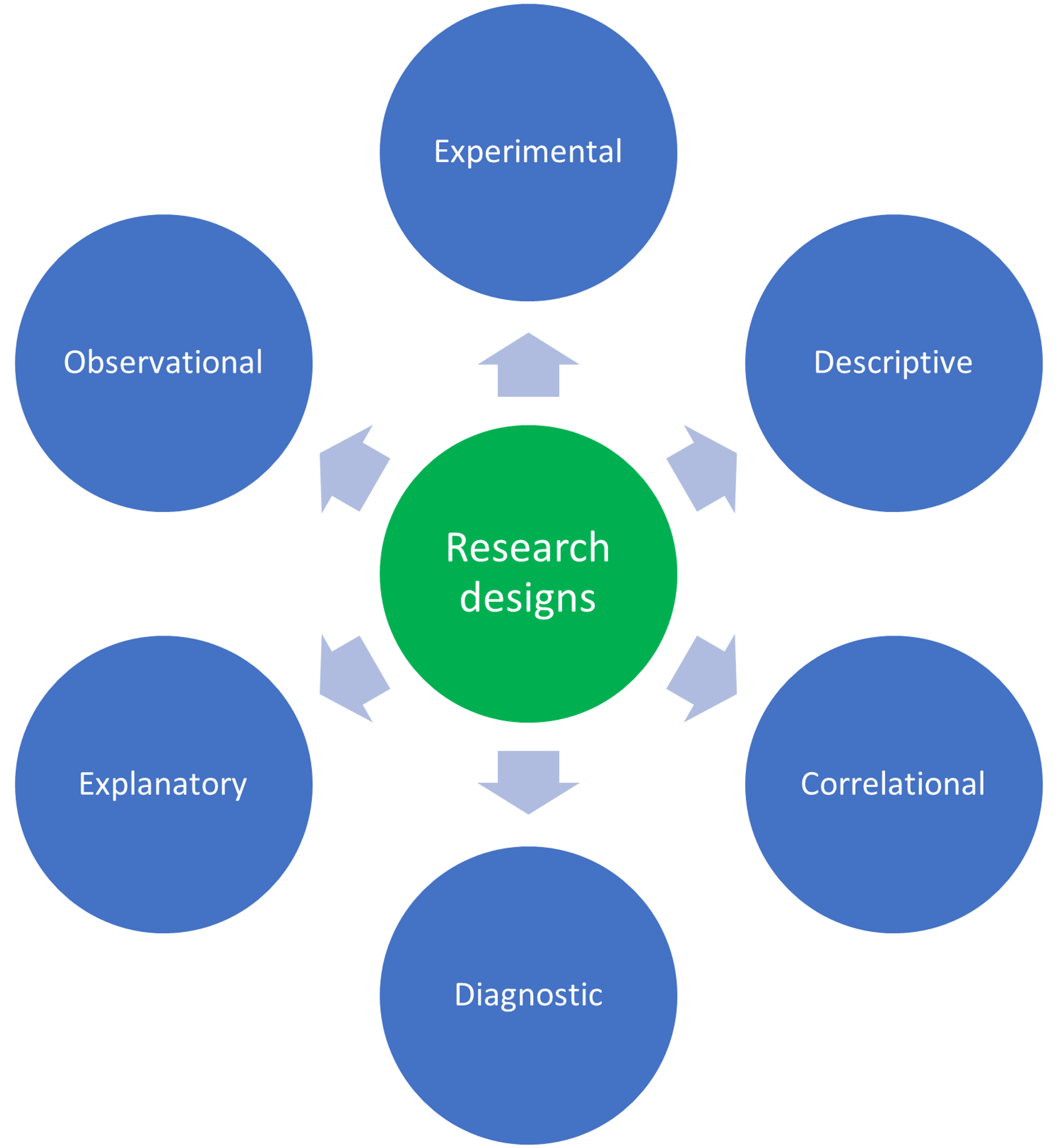Table Of Content

Correlational study is used to examine the existing relationships between variables. Here, researchers just focus on observing and measuring the naturally occurring relationship. Westat used the disposition results to compute response rates consistent with AAPOR definitions. The response rates are weighted by the base weight to account for the differential sampling in this survey.
Define Your Population and Sampling Methods
Depending on your institution and the details of your study design, it may take weeks or even, in some unfortunate cases, months before you secure IRB approval. While you wait, you can continue to review the literature and possibly begin drafting a section on the literature review for your eventual presentation/publication. More on IRB procedures can be found in chapter 8 and more general ethical considerations in chapter 7. Given the above multitude of research designs, which design should researchers choose for their research? Generally speaking, researchers tend to select those research designs that they are most comfortable with and feel most competent to handle, but ideally, the choice should depend on the nature of the research phenomenon being studied. If competing theories exist and the researcher wishes to test these different theories or integrate them into a larger theory, positivist designs such as experimental design, survey research, or secondary data analysis are more appropriate.

Types of quantitative research designs
Although it will likely be impossible to design a study that incorporates or reaches all members of the population of interest, this should be clearly defined at the outset of a study so that a reasonable sample of the population can be taken. In qualitative research, defining the population is conceptually important for clarity. Regardless of what unit of analysis you select, you will probably have to consider the “human subjects” involved in your research.[3] Who are they? What interactions will you have with them—that is, what kind of data will you be collecting?
Advantages of Experimental Research
It can be useful in identifying patterns, trends, and relationships in the data. Research questions and hypotheses are crucial components to any type of research, whether quantitative or qualitative. Excellent research questions lead to superior hypotheses, which, like a compass, set the direction of research, and can often determine the successful conduct of the study. Many research studies have floundered because the development of research questions and subsequent hypotheses was not given the thought and meticulous attention needed. The development of research questions and hypotheses is an iterative process based on extensive knowledge of the literature and insightful grasp of the knowledge gap. Focused, concise, and specific research questions provide a strong foundation for constructing hypotheses which serve as formal predictions about the research outcomes.
What Is Data Analysis: A Comprehensive Guide - Simplilearn
What Is Data Analysis: A Comprehensive Guide.
Posted: Fri, 16 Feb 2024 08:00:00 GMT [source]
For example, you might choose a case study that reveals an unusual or neglected aspect of your research problem, or you might choose several very similar or very different cases in order to compare them. The more precisely you define your population, the easier it will be to gather a representative sample. At each stage of the research design process, make sure that your choices are practically feasible.
Research questions in quantitative research
The elements of research design should be carefully planned and executed to ensure the validity and reliability of the study findings. Traverse the realm of correlations with Correlational Studies, scrutinizing interrelationships between variables without inferring causality. Uncover insights into the dynamic web of connections shaping research landscapes.
Methodology: Survey - Pew Research Center
Methodology: Survey.
Posted: Wed, 11 Oct 2023 07:00:00 GMT [source]
Hypotheses in quantitative research
Considering these leads [the researcher] to generate abstract categories and their properties, which, since they emerge from the data, will clearly be important to a theory explaining the kind of behavior under observation.” (36). Action research takes a further step beyond evaluation, even formative evaluation, to being part of the solution itself. This is about as far from basic research as one could get and definitely falls beyond the scope of “science,” as conventionally defined. The distinction between action and research is blurry, the research methods are often in constant flux, and the only “findings” are specific to the problem or case at hand and often are findings about the process of intervention itself. In a further step, participatory action research, those women would become part of the research team, attempting to amplify their voices in the organization through participation in the action research.
You don’t want to start collecting data and then realize that someone has already beaten you to the punch. When you have a better idea of why you are interested in what it is that interests you, you may be surprised to learn that the obvious approaches to the topic are not the only ones. For example, let’s say you think you are interested in preserving coastal wildlife. And as a social scientist, you are interested in policies and practices that affect the long-term viability of coastal wildlife, especially around fishing communities. It would be natural then to consider designing a research study around fishing communities and how they manage their ecosystems.

What is Research Design? Understand Types of Research Design, with Examples
Validity refers to the accuracy and meaningfulness of your study’s findings, while reliability relates to the consistency and stability of the measurements or observations. To enhance validity, carefully define your research variables, use established measurement scales or protocols, and collect data through appropriate methods. Consider conducting a pilot study to identify and address any potential issues before full implementation. To enhance reliability, use standardized procedures, conduct inter-rater or test-retest reliability checks, and employ appropriate statistical techniques for data analysis. It is also essential to document and report your methodology clearly, allowing for replication and scrutiny by other researchers.
The development of research questions and the subsequent hypotheses are prerequisites to defining the main research purpose and specific objectives of a study. Consequently, these objectives determine the study design and research outcome. The development of research questions is a process based on knowledge of current trends, cutting-edge studies, and technological advances in the research field. Excellent research questions are focused and require a comprehensive literature search and in-depth understanding of the problem being investigated.
Both approaches have their unique strengths and weaknesses, and can be utilized based on the nature of information you are dealing with. This involves examining the relationships between two or more variables to describe their patterns or associations. Correlational studies can be used to identify potential causal relationships or to explore the strength and direction of relationships between variables. To publish significant results, choosing a quality research design forms the foundation to build the research study. Moreover, effective research design helps establish quality decision-making procedures, structures the research to lead to easier data analysis, and addresses the main research question. Therefore, it is essential to cater undivided attention and time to create an experimental research design before beginning the practical experiment.

No comments:
Post a Comment